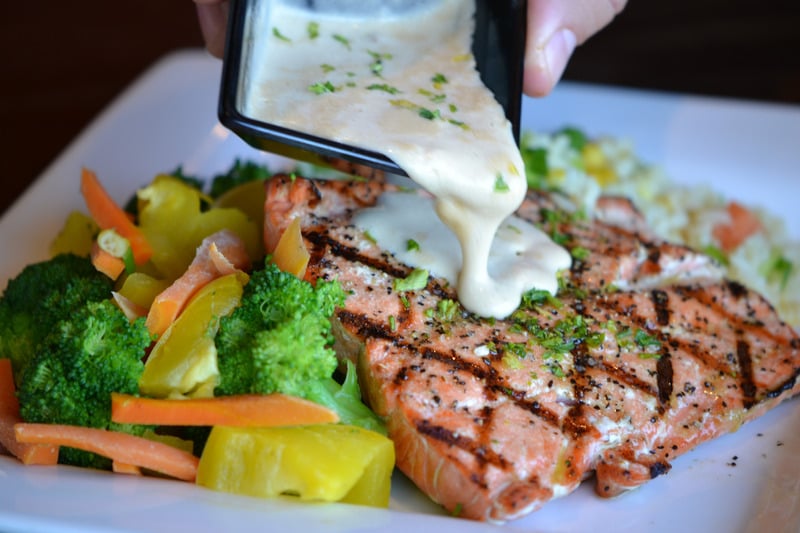Baking is both an art and a science. While creativity and passion are essential, understanding the underlying chemistry of ingredients and processes can elevate your baking skills to new heights. Let’s delve into the science behind those delectable treats and uncover the secrets to baking perfection.
The Role of Key Ingredients
Each ingredient in a baked good plays a specific role in the final product.
Flour: The backbone of most baked goods, flour provides structure. Different types of flour (all-purpose, whole wheat, cake, etc.) have varying protein levels, affecting the texture of the final product.
Sugar: Beyond sweetness, sugar contributes to texture, moisture, and browning. It also helps create a tender crumb in cakes and cookies.
Fat: Provides moisture, richness, and tenderness. Different types of fats (butter, oil, shortening) have varying melting points and impact the texture.
Eggs: Act as binders, emulsifiers, and leavening agents. They contribute to structure, moisture, and richness.
Leavening Agents: Baking powder and baking soda create the rise in baked goods through the production of carbon dioxide gas.
Liquids: Milk, water, and buttermilk provide moisture and contribute to gluten development in bread.
The Science Behind Baking Processes
Several key processes occur during baking, influencing the final product.
Gluten Development: The interaction of gluten proteins in wheat flour with water creates a network that provides structure to bread and other yeast-based goods.
Maillard Reaction: This chemical reaction between amino acids and sugars produces the desirable brown color and complex flavors on the crust of baked goods.
Caramelization: The process of heating sugars to create a brown color and caramel flavor.
Leavening Action: Baking powder and baking soda react with moisture and heat to produce carbon dioxide gas, causing baked goods to rise.
Fat Melting and Emulsification: Fats melt during baking, creating a tender texture and contributing to flavor.
Troubleshooting Common Baking Issues
Baking can be unpredictable, but understanding the science behind common problems can help you troubleshoot and improve your results.
Flat Baked Goods: Insufficient leavening, overmixing, or improper oven temperature can cause baked goods to be flat. Tough Baked Goods: Excessive gluten development, overbaking, or insufficient fat can lead to tough textures. Dry Baked Goods: Inadequate moisture or overbaking can result in dry baked goods. Soggy Baked Goods: Improper cooling or excessive moisture can cause sogginess.
Baking with Confidence: Tips and Techniques
To enhance your baking skills, incorporate these tips:
- Accurate Measurements: Use measuring cups and spoons correctly for precise results.
- Room Temperature Ingredients: Most recipes call for room temperature ingredients for optimal results.
- Mixing Techniques: Different mixing methods (creaming, whisking, folding) impact the texture of your baked goods.
- Oven Temperature: Preheat your oven to the correct temperature for consistent results.
- Baking Time: Follow recipe guidelines, but use a toothpick or cake tester to check doneness.
- Cooling Properly: Allow baked goods to cool completely before frosting or storing to prevent condensation.
By understanding the science behind baking, you can troubleshoot issues, experiment with flavors, and create delicious baked goods with confidence. Remember, baking is a journey, and with practice and patience, you’ll become a baking pro.






